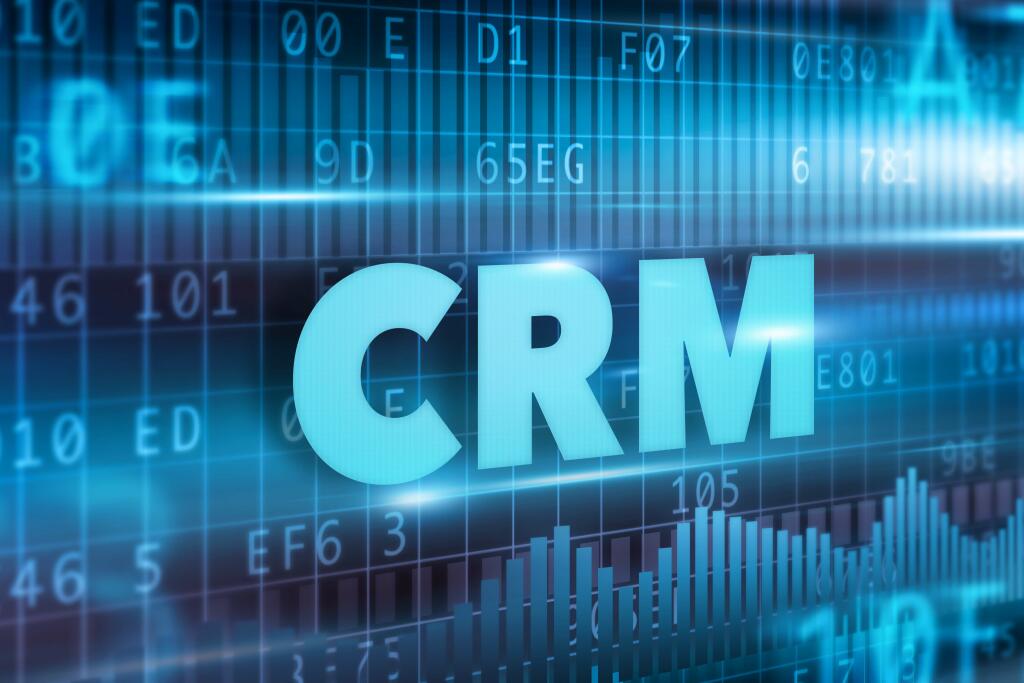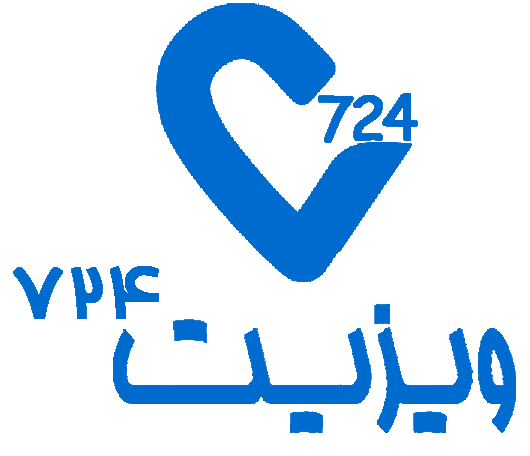Content
- Implications of Tuckman’s Model for Project Management Teams
- Here are a few leadership tips for each stage:
- Benefits for job enrichment for health care organisations
- ways to build rapport and develop meaningful relationships
- How to make performing run smoothly
- The Flywheel Growth Model
- Team Building in Health Care Systems
Learn more about how Pressbooks supports open publishing practices. The organisational environment the new team exists in is also unfamiliar to its members. The managers must introduce the team to its stakeholders and explain its dependencies and its place in the organisation. Remote Control Keep on top of your work from home life with these tips and ideas from our team to yours.

But if teams can’t identify the issues, communicate constructively, and work to resolve them, they will get stuck at this stage. Overall, in order to get to real productivity, teams need to move past the small talk and be ready to engage on a more real level, potential conflict and all. Using either a top-down or bottom-up approach, a team comes together to address a problem and propose solutions. Each member of the team orients themselves to the project task. Discuss the project goals and timeline, both for the team as a whole and for each member. One of those rules can be to remember to always listen to one another.
Implications of Tuckman’s Model for Project Management Teams
They feel confident and comfortable when approaching you with concerns and questions. You recognize this isn’t any one team member’s fault, but you want to make it right. The last thing you want to experience is team members who de-value one another or collectively fall behind. It’s been a few weeks, and your team has gotten to know one another. The problem is, they’re coming up against harsh deadlines, and mistakes have been made along the way.
Team performance may actually decrease in this stage because energy is put into unproductive activities. Members may disagree on team goals, and subgroups and cliques may form around strong personalities or areas of agreement. To get through this stage, members must work to overcome obstacles, to accept individual differences, and to work through conflicting ideas on team tasks and goals. Failure to address conflicts may result in long-term problems. As you build a new team, keep the stages of team development in mind so you can help individual team members reach their full potential and collaborate together effectively. While there’s no one right way to support your team, try these four strategies to boost your team’s cohesiveness.
- The team decides that the training should focus on asking participants questions instead of lecturing them.
- The proper transition through creating stages is important and has strong implications for team performance.
- Chris asks each team member if they’ve attended annual safety training in the past.
- The team development cycle starts over more often than you might think.
- The often-contentious storming stage is the period when team members clarify their goals and the strategy for achieving them.
- Engineering management, leadership, software architecture, high-performing teams, professional growth.
In the norming stage, consensus develops around who the leader or leaders are, and individual member’s roles. Interpersonal differences begin to be resolved, and a sense of cohesion and unity emerges. Team performance increases during this stage as members learn to cooperate and begin to focus on team goals. However, the harmony is precarious, and if disagreements re-emerge the team can slide back into storming. Storming is a stage that is marked by interpersonal conflict as members become more proactive and compete for various team roles. Members try to establish norms of appropriate behaviour and performance standards (McShane et al., 2018, p. 233).
Here are a few leadership tips for each stage:
Help your team check in with each other by holding daily stand-up meetings or mid-week progress reports to see if everyone is on track and has the materials they need. Instead of letting team members battle it out in private messages select the best solution, be ready to invite them into a chat room to offer advice or ask some key questions. Very few team members will have your perspective on the entire project (or the full scope of your team’s segment of the project), so don’t be afraid to jump in. When you do find a good solution or process to help resolve difficult situations, make sure you document those immediately. The team can consult this record when future problems arise and make adaptations as needed.
This can be done by setting goals that the team needs to work together to achieve, or by giving the team positive feedback when they work well together. Forming— In the forming stage, team members are getting to know each other and trying to figure out how they can work together. This is a time of uncertainty and confusion, as team members are trying to determine their roles within the team. Our research also found that when people use an online tool to manage their projects they’re twice as likely to rate their levels of efficiency, communication, and organisation as excellent. Using collaborative tools will allow your team to share feedback and work together in real time.
Benefits for job enrichment for health care organisations
Organize the agenda so that each team member has five to ten minutes to talk through their insights and ideas. Allow extra time to review the ideas the team shares stages of team development and to answer questions. When your marketing team is remote, you can hire the most talented people regardless of where they’re located geographically.
Conduct a lessons learned session on how we could have matured quicker to help other teams starting out. Ultimately, the goal is to make sure you can provide psychological safety as a baseline, evaluate team patterns of behaviour and notice when you’re in a negative cycle. Here’s the thing, the line between certain stages can get blurred since team members evolve at different times. How they trust each other to remain accountable for their tasks without dropping the ball.
Leadership, power, and structural issues dominate this stage. Each of these stages plays a crucial role in bringing a team from Point A to Point B. However, not every team will progress through these stages in a neat, linear fashion. As a leader, it’s important to be aware of the different stages your team is going through and how you can help them move forward.
Explain how team norms and cohesiveness affect performance. If you feel your team is stuck, share this information with them and ask them to self-diagnose where they think they are and what they need to do to move on to the next stage. Understanding that each stage is normal and expected can relieve a lot of tension and free the team up to break through and move on. Your role as a leader is different, but no less important through all four stages. During this stage, the team is very dependent on the leader.
In addition to keeping communication flowing, it’s also extremely helpful to ensure that everyone knows what part of the project they are responsible for. This can reduce misunderstandings and help work to progress smoothly. These short daily – or even weekly – meetings give everyone on the team the opportunity to air any issues or doubts they’re having, and help keep people on the same page. In this article, we’ll take a look at each stage in more detail to help you implement them and improve team development in your business. There are other advantages to tracking your time with an app though.
ways to build rapport and develop meaningful relationships
Older, well-established teams can also cycle back through the stages as their circumstances change. Should a conflict ever arise, your team will also know what steps to take to get this conflict resolved. Strong communication skills are the backbone of conflict resolution. With a clear communication plan in place, your team will know how to discuss their issues with the rest of the team in a constructive manner. For example, if you’re working cross-functionally, the individuals from one team are assigned the role of reporting back to their team what they’re working on.
Later, during the norming and performing stages, norms focus on relationships and levels of performance. Performance norms are very important because they define the level of work effort and standards that determine the success of the team. As you might expect, leaders play an important part in establishing productive norms by acting as role models and by rewarding desired behaviors. Bruce Tuckman’s theory of the five stages of development has been widely used in all aspects of educational and business paradigms.
How to make performing run smoothly
Often people are confused between conflict and disagreement. When two people are having disagreement their relation is intact and in conflict, the relation often turns sour and dialogue ends. Many factors in health care system can contribute to the escalation of conflict. It starts from the disagreement and once the conflict escalates the focus shifts from the issues to the person’s faults leading to expansion of problem with breakdown of dialogue. The escalation of conflict is enemy images, resulting in violence, dehumanization process leading to open hostility and polarization where co-existence is no longer possible. A conflict brings down the productivity of the team and vitiates the work environment preventing members to put in their best.
The Flywheel Growth Model
Given these conflicting feelings, individual and team morale may rise or fall throughout the ending stage. It is highly likely that at any given moment individuals on the team will be experiencing different emotions about the team’s ending. Team effectiveness is enhanced by a team’s commitment to reflection and on-going evaluation. In addition to evaluating accomplishments in terms of meeting specific goals, for teams to be high-performing it is essential for them to understand their development as a team. In this stage, team members are creating new ways of doing and being together.
In the storming stage, the reality and weight of completing the task at hand have now hit everyone. The initial feelings of excitement and the need to be polite have likely worn off. For teams who can problem solve and find a way to complement each other, the smooth road of understanding and acceptance of the team dynamic is what’s around the corner.
Leadership from the Proverbs: Fear of the Lord
The number of risks and dependencies sent these established and cohesive dev teams into a flurry of (ultimately, unproductive and/or counter-productive) activity. If your team has ever thrashed about like this, then you know what “storming” is. American psychological researcher Bruce Tuckman developed the theory of Tuckman’s stages of group development in 1965. The forming-storming-norming-performing cycle repeats more often than you might think. They decide how communication should take place between meetings.




دیدگاه خود را درج کنید